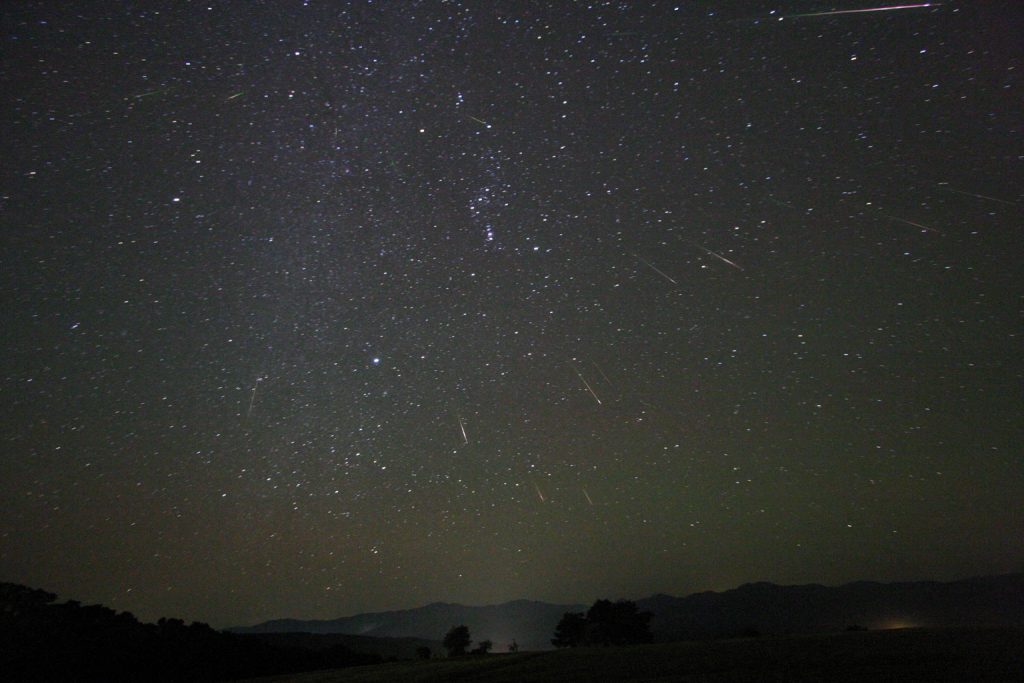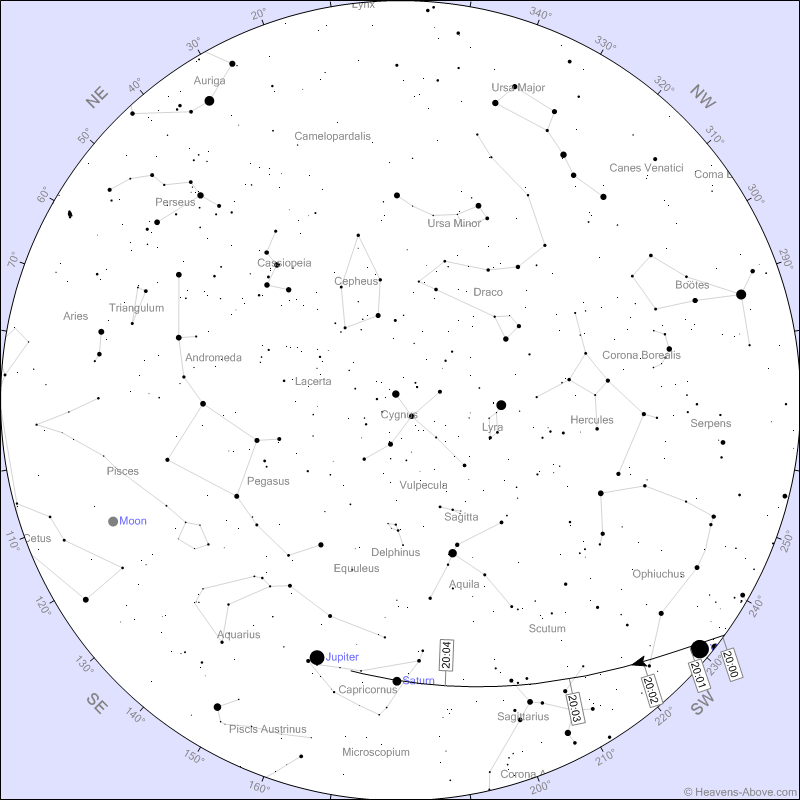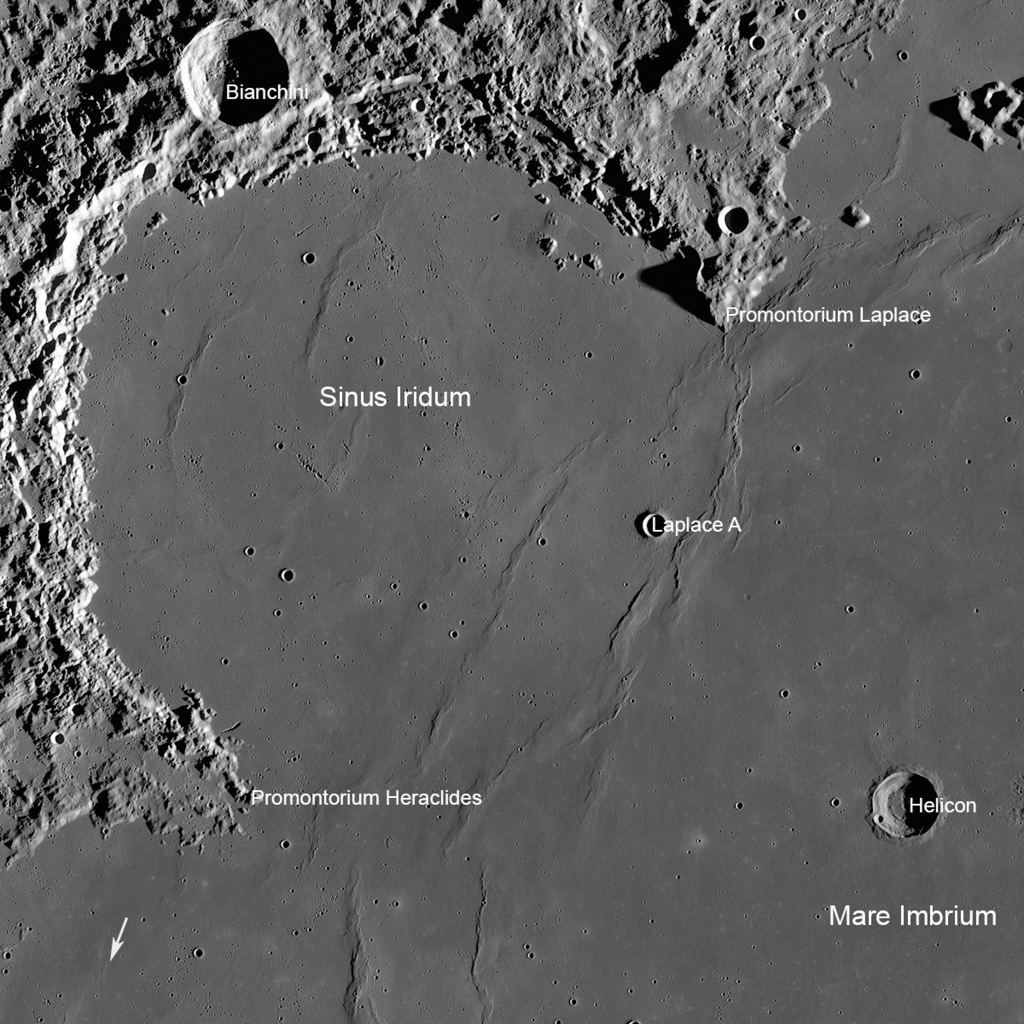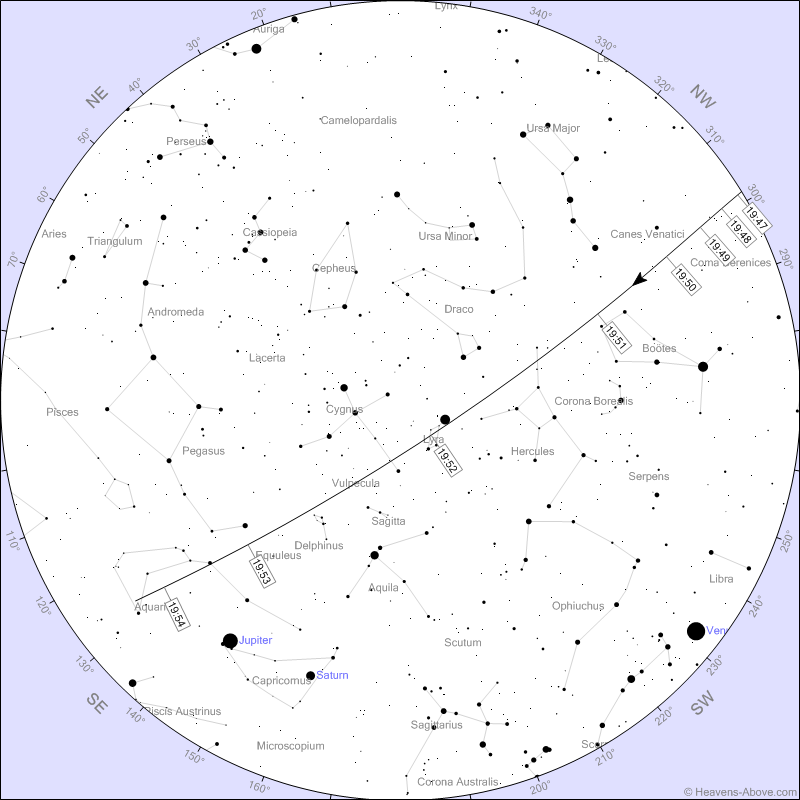Inner Planets at Their Outer Range, and a Moonless Middle-night Hosts Halloween Treats!
The faint Witch’s Head Nebula aka NGC 1909 and IC 2118, is a ghostly reflection nebula near the bright star Rigel in Orion. It’s very large – stretching nearly three finger widths from her chin to her forehead! Image by Jeff Signorelli, NASA APOD for Oct 30, 2015 Happy Halloween week, Stargazers! Here are your…
Read more









